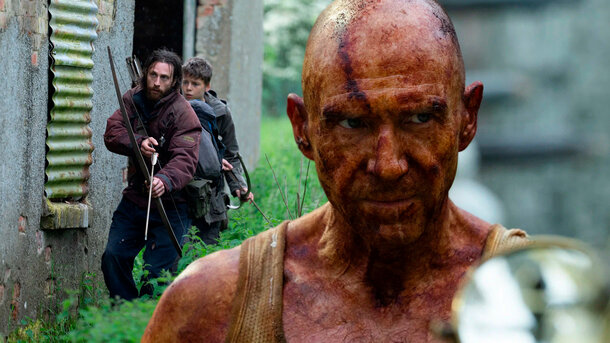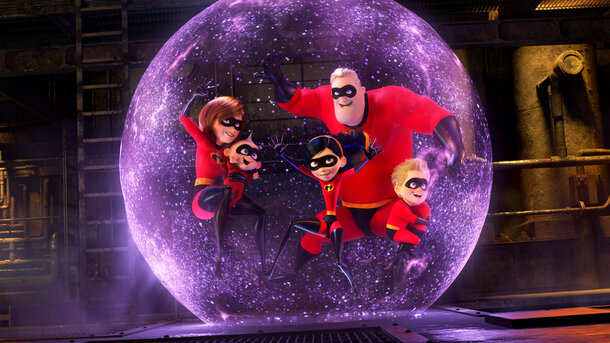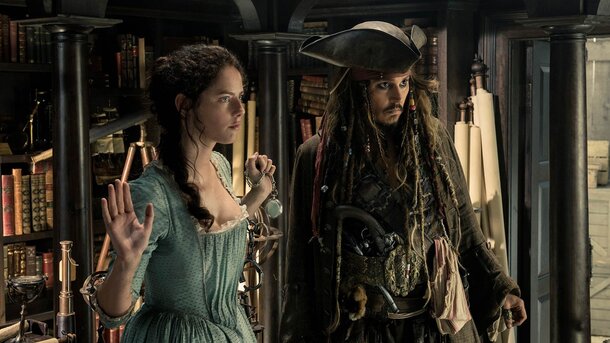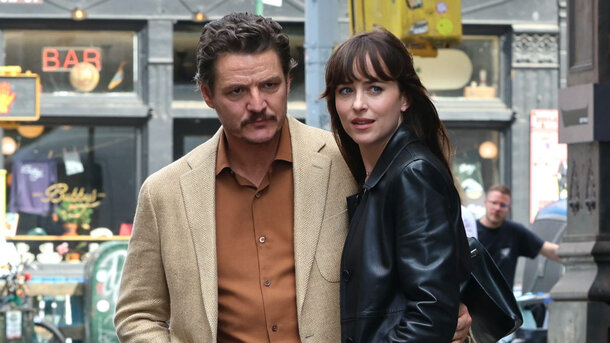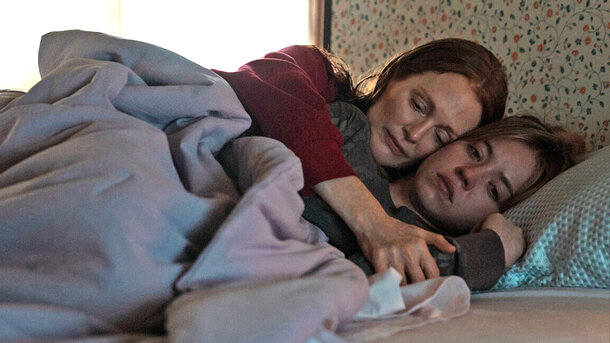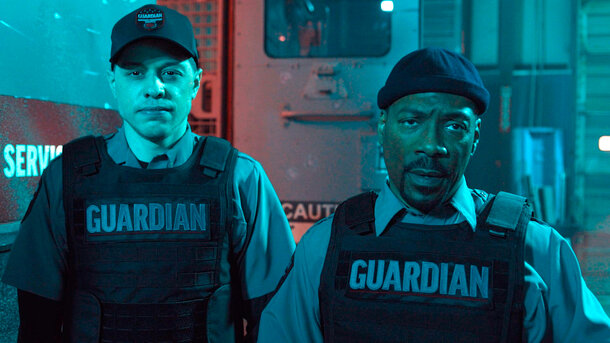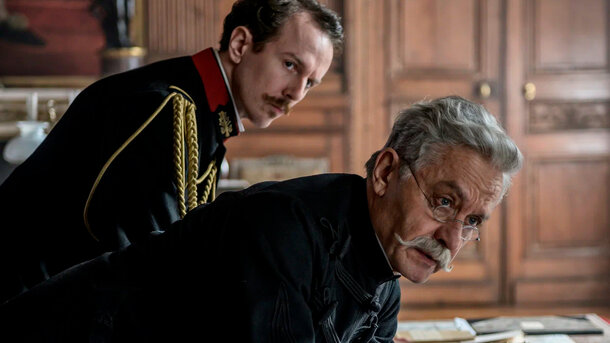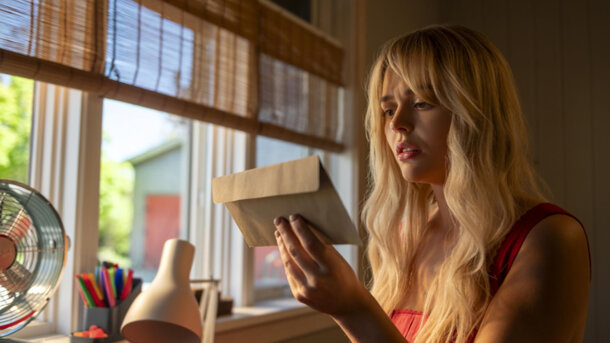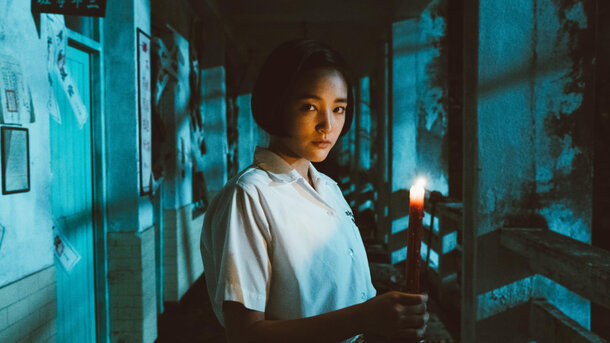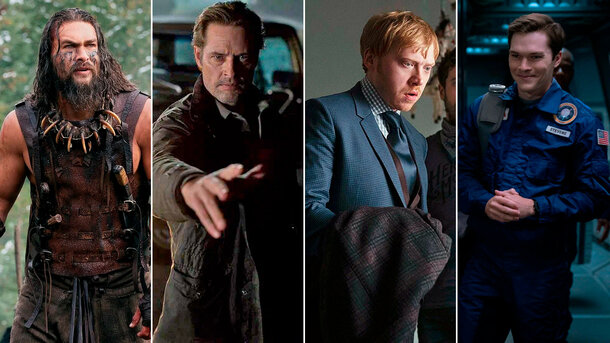In a twist worthy of the franchise’s unpredictable energy, Danny Boyle has taken an unconventional route for his long-awaited sequel 28 Years Later — by filming parts of it using a custom rig made up of 20 iPhone 15 Pro Max devices. Yes, really. The director behind the original 2002 cult horror 28 Days Later... is once again breaking the visual mould, this time with a piece of tech you probably have in your pocket.
The decision isn’t just a gimmick. It’s a clever nod to the original, which famously used consumer-grade Canon XL1 digital video cameras to deliver its raw, chaotic visual style. Boyle’s iPhone array captures footage in a sweeping 180-degree field of view, producing a 'bullet time'-style effect that’s as disorienting as it is dynamic — ideal for a world unravelled by apocalyptic infection.
Alongside the iPhones, the production also utilised traditional cameras and drones, all shot in a striking 2.76:1 ultra-wide aspect ratio, reminiscent of epic 70mm cinema. The result is a strange but compelling blend of high-end genre filmmaking and guerrilla spirit — glossy yet urgent, smooth yet unstable.
Whether this marks a new phase of phone-as-cinema or simply a well-calibrated stylistic experiment, one thing’s certain: 28 Years Later is refusing to age quietly. And if you thought cinema had stopped surprising you — better check your settings.
As for the origin of those 20 iPhones — that part remains delightfully unclear. Whether they were pooled from the crew or specially sourced for the shoot, Boyle’s team isn’t saying. Some behind-the-scenes secrets, it seems, are best left unsynced.
